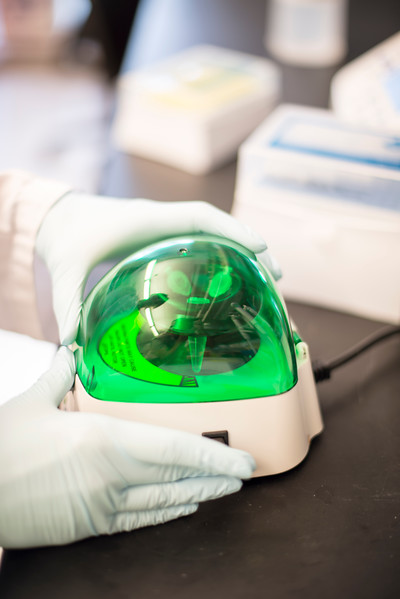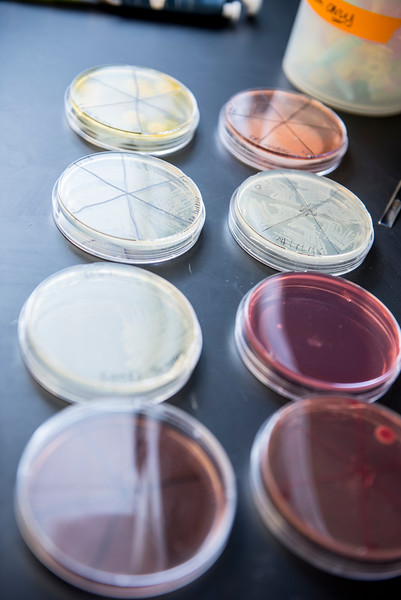This is unpublished

News
"Maternal HIV Status & Risk of Infant mTB Infection as Measured by Tuberculin Skin Test"
March 1, 2024
Pinned
SEATRAC Development Core co-director, Sylvia Lacourse and collaborators note that the effect of maternal HIV on infant Mycobacterium tuberculosis (Mtb) infection risk is not well-characterized.
Pregnant women with/without HIV and their infants were enrolled in a longitudinal cohort in Kenya. Mothers had interferon gamma-release assays (QFT-Plus) and tuberculin skin tests (TST) at enrollment in pregnancy; children underwent TST at 12 and 24 months of age.
They estimated the incidence and correlates of infant TST-positivity using Cox proportional hazards regression.
Find full article: Maternal HIV Status and Risk of Infant Mycobacterium tuberculosis Infection as Measured by Tuberculin Skin Test - PubMed (nih.gov)






